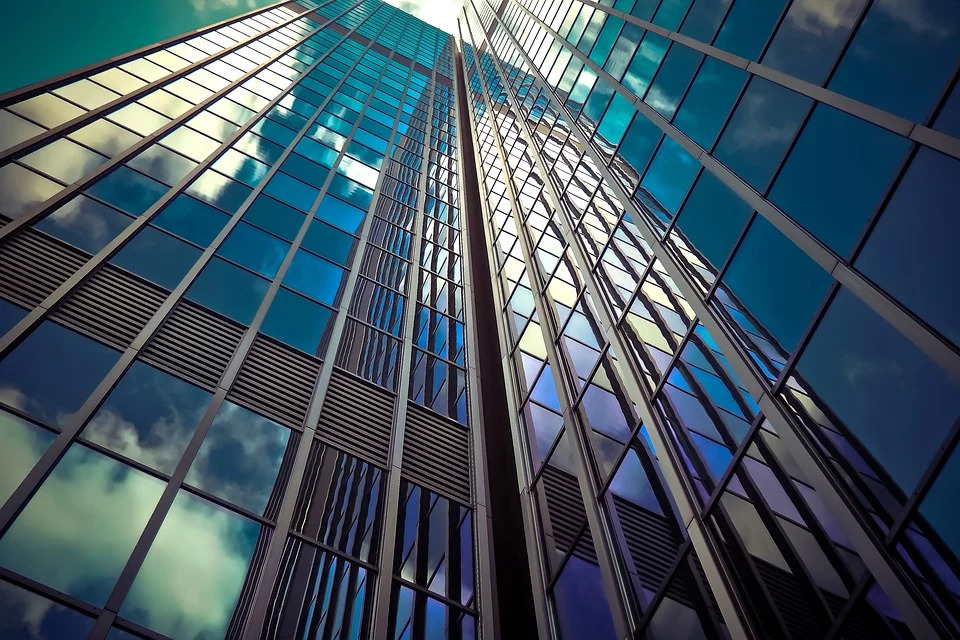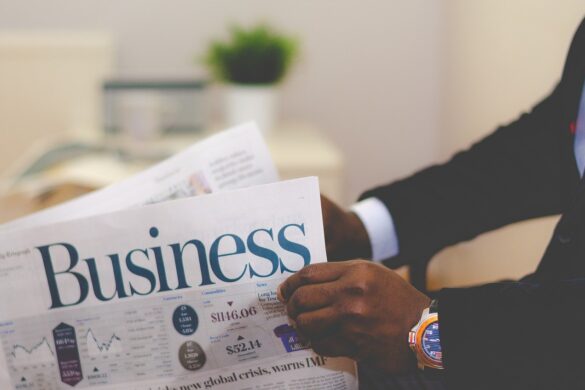
Scams are growing fast and the use of a fake check is no exception. The National Consumers League states that victims of this scam lose between $3,000 and $4,000 on average. Since you are responsible for the checks you deposit, you’ll be out thousands of dollars while the scammer is reaping the benefits.
The first step to avoiding this situation is by being cautious. However, there are some things to look out for when you verify a check. Here are things to look out for so you know how to tell if a check is fake!
Circumstances
The easiest way to identify a scam is by examining the circumstances around why you have the check. Remember that some things really are too good to be true. Scammers have become very good at creating checks that look realistic so it can be difficult to know how to tell if a check is a fake just by examining it.
Urgency is a hint that it is a scam. If the person who gave you the check is pushing you to deposit it quickly, it could lead you to make a bad decision.
If you are asked to refund an amount of a check, you should be wary. By the time your bank figures out the check is bad, you’ll likely have already given them the money. That’s money you are responsible for.
Common types of scams where fake checks are used can be mystery shopping, personal assistants, car wrap decals, claiming prizes, overpayments, foreign lottery, craigslist, and work from home.
There are many more situations that involve check fraud. One tip is to be cautious with working with strangers or companies that are not well established.
Check Characteristics
By looking at the check, there are some key identifiers to take notice of. Here are the easiest ways to verify a check by examining it.
Bank Logo – A fake check might have a faded or incorrect bank logo. Sometimes it may not have one at all.
MICR Line – There is typically a line of numbers printed at the bottom of a real check. These represent the routing number, account number, and check number. MICR stands for magnetic ink character recognition. Fake checks will have shiny ink while real checks have dull ink.
Check Number – Look to see if the check number matches from the top right corner to the check number in the MICR line at the bottom. If these do not match, it’s a fake check.
Paper – A real check is usually heavier than a fake check because of the thickness of the paper used. A fake one might also feel slippery.
Amount – This will more than likely be less than $5,000 because of the laws requiring lesser amounts to be made available in less than 5 days.
Routing Number – If there is no routing number in the MICR line or the routing number is longer than 9 digits, it’s a fake. You can also verify routing numbers by searching on the Federal Reserve Financial Services site.
How You Can Verify a Check
There are some ways you can check the validity of a check. Firstly, look up the issuing bank and confirm that it is a real account. Do not use the information listed on the check to do this.
If you are dealing with a work-related check, you can verify the money with a pay stub. Legitimate businesses offer proof and records of how you earned your money. They should be able to supply you with real pay stubs.
Cashing the check in person will allow you to have a more trained eye look at the check. They can verify right away if there is a problem.
Now You Know How to Tell If a Check is Fake
If you feel that something is off, it’s always best to verify a check. Now that you know how to tell if a check is fake, you are one step closer to avoiding scammers and protecting your money.
If this article helped you, make sure to come back for more of our content!








